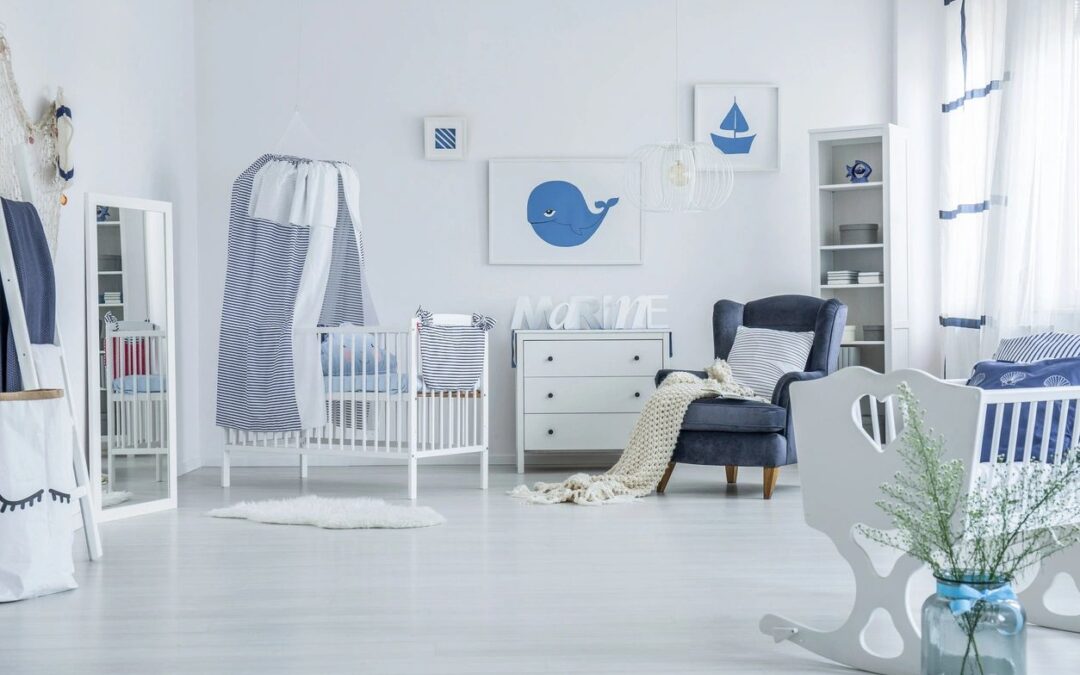By David Linden, Ernie Olesky, and Dave Maiorana –
On October 29, 2024, BabyBjörn AB (“BabyBjörn”) filed two separate petitions for inter partes review (“IPR”) of U.S. Patent No. 11,786,055 (“the ’055 Patent”), which is assigned to The ERGO Baby Carrier, Inc. (“ERGO Baby”). ERGO Baby had previously asserted the ’055 Patent against BabyBjörn in the Western District of Texas on February 9, 2024. The ’055 Patent describes an adjustable child carrier designed to ergonomically support a child as the child grows. Each petition challenged the same claims as unpatentable under 35 U.S.C. §§ 102 and 103 in view of different prior art combinations.
Several of BabyBjörn’s asserted unpatentability grounds relied on the “BabyBjörn Baby Carrier Synergy Owners Manual” (“Manual”) as a prior art reference. BabyBjörn AB v. The ERGO Baby Carrier, Inc., IPR2025-00110, Paper 20 at 7–8 (P.T.A.B. Apr. 22, 2025). Importantly, the only basis in the petition for the Manual’s status as a prior art printed publication was a parenthetical in a list of prior art references reciting “published 2007.” BabyBjörn also submitted a declaration from its general counsel, who claimed to have personal knowledge of the Manual being publicly accessibly in 2007, prior to the ’055 Patent’s 2015 priority date. Id. at 14. BabyBjörn argued that the Manual rendered the challenged claims unpatentable for anticipation or obviousness in combination with other prior art references. Id. at 12.
ERGO Baby argued that the petition did not establish that the Manual was a “publicly accessible” printed publication per 35 U.S.C. § 311(b) before the ’505 Patent’s priority date. Id. ERGO Baby noted that BabyBjörn’s entire argument for establishing the Manual as prior art to the ’505 Patent relied upon BabyBjörn’s “bare assertion” in the petition that the Manual was “published 2007,” with no citation or explanation indicating how or whether the Manual was disseminated to the public or otherwise “made available to interested persons exercising reasonable diligence . . . .” Id. at 13–15 (citing Hulu, LLC v. Sound View Innovations, LLC, IPR2018-01039, Paper 29 at 13 (P.T.A.B. Dec. 20, 2019)).
The PTAB agreed with ERGO Baby that BabyBjörn had not adequately established the Manual as a prior art printed publication. The PTAB reaffirmed that an IPR petition must identify “with particularity” such evidence that shows a reasonable likelihood that a printed publication was publicly accessible before a challenged patent’s critical date for that printed publication to constitute prior art. Id. at 12 (citing Hulu, Paper 29 at 13). Here, however, BabyBjörn provided “no citation, no discussion, and no support” beyond asserting the Manual as “published 2007” in the petition. Id. at 14. The PTAB continued that it assumed BabyBjörn was relying on the Manual’s copyright notice to establish that the Manual was publicly accessible in 2007. But the PTAB cited several of its own decisions which establish that mere indicia, such as copyright dates, are “‘insufficient to support a threshold showing of public accessibility.’” Id. at 14–15 (quoting Microsoft Corp. v. Corel Software, LLC, IPR2016-01083, Paper 14 at 15 (P.T.A.B. Dec. 1, 2016)). Absent any particular evidence of when, where, or how the Manual became publicly available, BabyBjörn had not met the standard for relying upon the Manual as prior art.
Regarding BabyBjörn’s submission of its general counsel’s declaration as evidence of the Manual’s publication date, the PTAB agreed with ERGO Baby that, because the petition itself never cited or discussed that declaration, BabyBjörn cannot rely on that declaration as support for the Manual’s public accessibility under § 311(b). Id. at 14. The PTAB emphasized that it “will not search through the record to develop Petitioner’s argument on this issue.” Id. Having found that BabyBjörn failed to show that the Manual qualified as a § 311(b) printed publication, the PTAB denied institution with respect to all grounds that relied upon the Manual. Id. at 15. The PTAB evaluated the merits of the remaining unpatentability grounds based on other prior art references and also denied institution of those grounds after finding that BabyBjörn’s prior art references failed to teach or disclose certain limitations of the ’505 Patent. See id. at 25–31.
Takeaway
Parties should consider including sufficient disclosure within pleadings to ensure all arguments and challenges are accounted for. For example, petitioners should be sure to provide sufficient proof of a reference’s public accessibility before a challenged patent’s priority date when the reference’s publication date can be reasonably questioned. The PTAB may decline to search the record further to discern a party’s argument.

